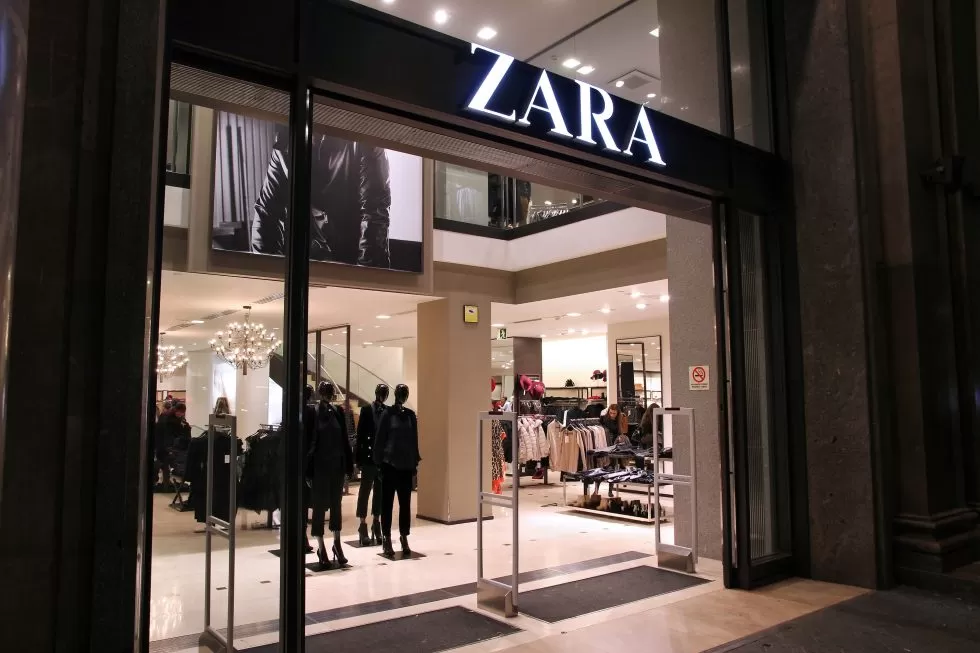Hyper-personalisation offers the biggest bang for your marketing buck. Not only will it open up new ways to boost revenue and conversions, and to acquire and retain customers, but it will help you get more out of your existing marketing spend, too.
Abandoned carts, app uninstalls, soaring Customer Acquisition Costs, high bounce rates, and declining traffic – these can all be the result of poor or badly targeted user experiences. There are many ways to approach these issues, but the key to actually fixing them is to understand how your users behave and tailor their experience accordingly.
It’s not an option. It’s the expectation.
All day, across all channels, users are being served experiences that are precision-targeted to meet their needs and preferences. Some of those experiences might be being served by your competitors. If you’re not personalising experiences for your visitors, you’re leaving money on the table. Personalisation means automatically delivering the most relevant product selection to an individual customer at the key stages of their lifetime journey, with you.
The possibilities are virtually endless. This is great news for businesses that are already executing a personalisation strategy but can make it tricky to evaluate the ROI for your company if you’ve never seen it in action.
Conversion Rate and Average Order Value (AOV) are two metrics that directly impact revenue, and which can be easily increased through personalization. In the above example, which is based on small businesses in the ecommerce industry, row one represents the company’s baseline, pre-personalisation. In the second row, we see that boosting the conversion rate by 10% through hyper-personalisation results in a 20x (20-fold) uplift in both revenue and Return on Ad Spend (ROAS).
If the business then also boosted its Average Order Value (AOV) by 15%, again through hyper-personalisation, the compound effect of these changes results in a 26.5% uplift in both revenue and ROAS. Although Return on Ad Spend (ROAS) is not directly impacted by the changes in the conversion rate and AOV, by improving the funnel a business will automatically make its ad spend more efficient.
By identifying the right audience segments and serving them personalised ads, you can avoid marketing waste, and no longer throw money away by serving ads to users with little to no chance of converting. But segmentation is now superseded, and to endorse it in any way now is a backward step. This will, of course, also have a positive impact on Customer Acquisition Costs (CAC). It’s important to note that these figures can vary from industry to industry, but implementing a hyper-personalisation program, of which there are significant distinctions between the top 30 vendors, can have a huge impact on the key metrics and KPIs.

Hyper-personalisation can help you drive digital growth from Acquisition to Activation, Retention, and Revenue (AARR)
Let’s take a look at where personalisation delivers additional revenue in more detail:
Acquisition
Customer Acquisition Costs (CAC) can be exorbitant. As we mentioned above, it’s very easy to waste valuable advertising budgets by targeting people who will never convert. You can avoid this so-called ‘leaky bucket’ phenomenon by targeting only those users who have a high likelihood of converting. How? By using predictive analytics backed by AI and Machine Learning technologies.
AI machine learning technology identifies individual users based on their predicted future behaviours (i.e. Likelihood to Purchase, Discount Affinity, Likelihood to Churn).
Hyper-personalised product selection software, using predictive analytics technologies, identifies consumers’ future behaviour, then ranks every SKU by the greatest likelihood that individual consumers will purchase from all the SKUs you have listed, in order of greatest likely buying propensity. In other words, the ones they love best. CLV soars and RoR is all but eliminated. It outperforms segmenting manyfold. But the art of it isn’t choosing one over the other, the seasoned marketer runs them both in tandem, to achieve maximum effect.
Revenue
Personalisation can help you increase the value of each visit. By presenting customers with products, offers, and content that you know matches their interests, you smooth the path to conversion. Use predictive personalisation to increase your Average Order Value (AOV), build loyalty, encourage repeat purchases, and more.
Retention
Increasing your users’ LTV is a surefire way to boost your bottom line. Delivering highly tailored, delightful experiences to your visitors helps to build long-lasting relationships that will continue to provide value, both to the user and your business. Personalisation will help you understand what your users want, enabling you to deliver meaningful experiences that will keep them coming back for more. After all, retaining those users that you’ve acquired and activated is the key to achieving growth.





